15 Secret Islands To Explore Off The Coast Of Sicily
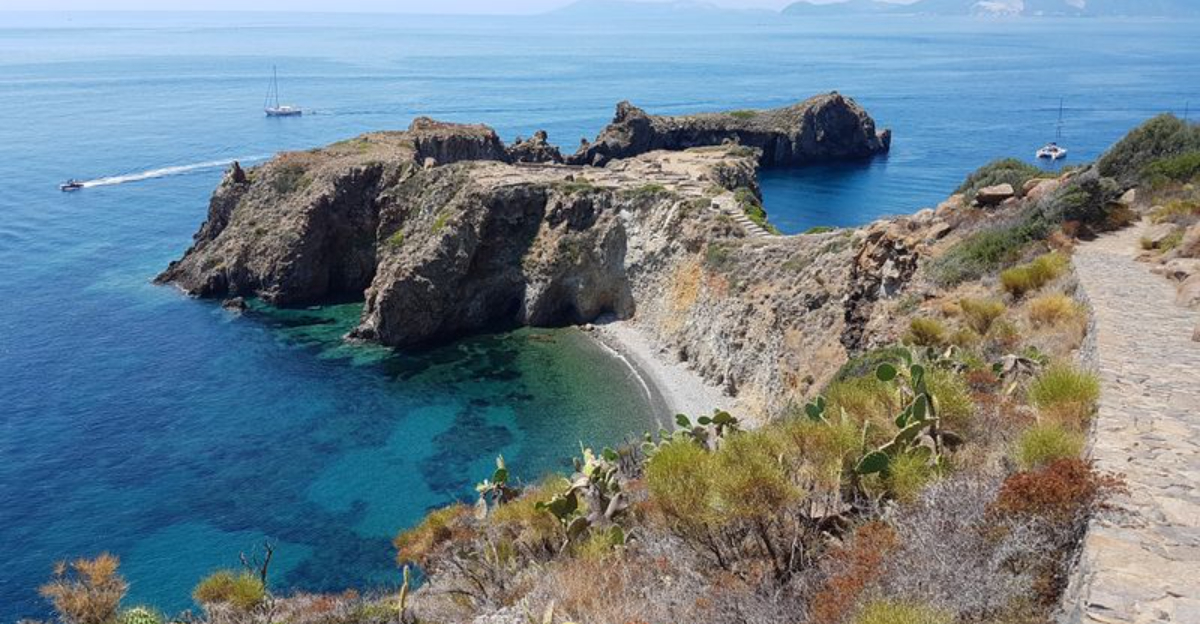
Tucked away off Sicily’s sun-drenched shores lies a world few travelers ever reach — a collection of enchanting islands where time slows, the sea sparkles, and tradition still reigns. If you thought Sicily was dreamy, wait until you set foot on these lesser-known island escapes.
From the smoldering craters of Stromboli to the crystal-clear coves of Marettimo, each of these 15 islands promises an experience that feels both exclusive and deeply rooted in Italian soul. What makes them so special?
It’s not just the untouched nature or the postcard-perfect beaches — it’s the stories whispered by old fishermen, the flavors of hyper-local cuisine, and the feeling that you’ve stumbled upon a secret the world forgot. Ready to dive into volcanic pools, hike wild cliffs, and savor seafood that tastes like the sea itself?
1. Salina’s Twin Volcanic Peaks
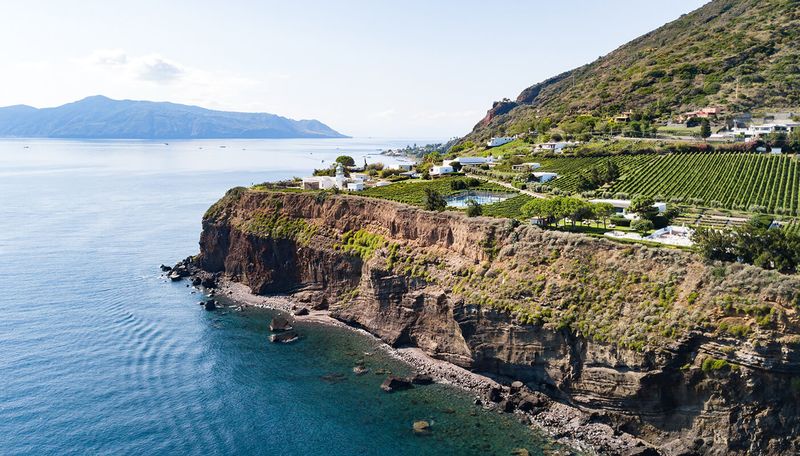
The emerald jewel of the Aeolian archipelago captivates visitors with its twin volcanic mountains standing like guardians over lush landscapes. Monte dei Porri and Monte Fossa delle Felci create a distinctive silhouette visible from miles away.
Wander through Salina’s vibrant vegetation, including capers, wildflowers, and renowned Malvasia vineyards that produce sweet wine treasured throughout Italy. The island’s six small villages offer authentic glimpses into unhurried island life.
Fun fact: Movie buffs might recognize Salina as the filming location for ‘Il Postino’ (The Postman), which captured the island’s timeless beauty on the silver screen.
2. Filicudi’s Ancient Stone Houses
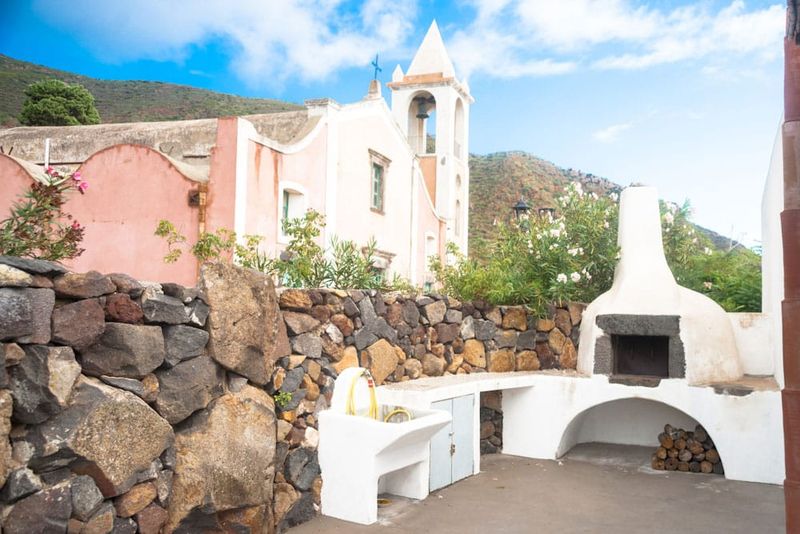
Stepping onto Filicudi feels like traveling back in time. Ancient stone houses with flat roofs cluster along narrow pathways that wind up from the harbor, creating a scene unchanged for centuries.
The island’s prehistoric sites date back to the Bronze Age, with fascinating ruins scattered across its rugged terrain. Locals still fish using traditional methods passed down through generations.
When hiking the island’s trails, you’ll discover hidden coves accessible only by foot or boat, where the water clarity rivals any in the world. The sea cave called La Grotta del Bue Marino glows with an otherworldly blue light that mesmerizes swimmers brave enough to venture inside.
3. Alicudi’s Car-Free Paradise
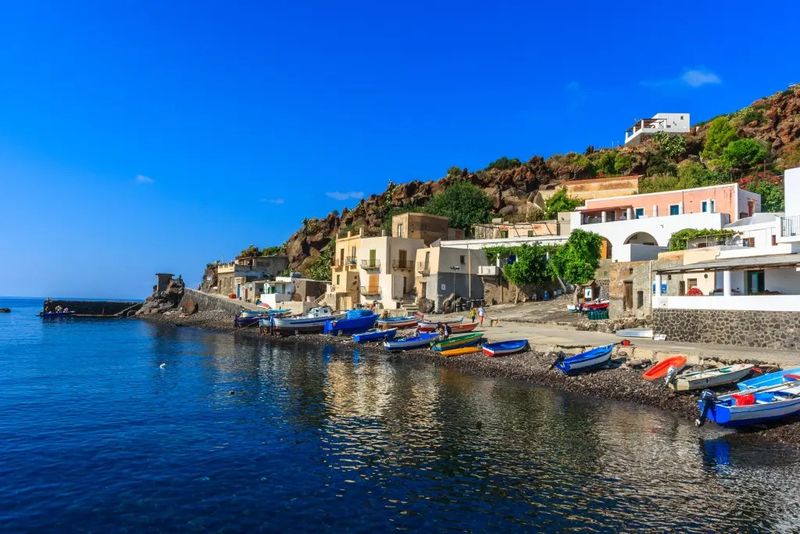
If you’re seeking true escape, Alicudi delivers with its complete absence of roads, cars, and modern distractions. This westernmost Aeolian island remains gloriously untouched by tourism infrastructure.
Donkeys serve as the main transportation method on steep pathways connecting about 100 residents. Electricity only arrived in the 1990s, and cell phone service remains spotty – a blessing for those wanting to disconnect.
The island’s single village climbs dramatically from the port, with homes built into volcanic rock. Legend says Alicudi’s isolation once made it a haven for witches, and some locals still practice traditional healing using wild herbs gathered from the mountainside.
4. Pantelleria’s Natural Hot Springs
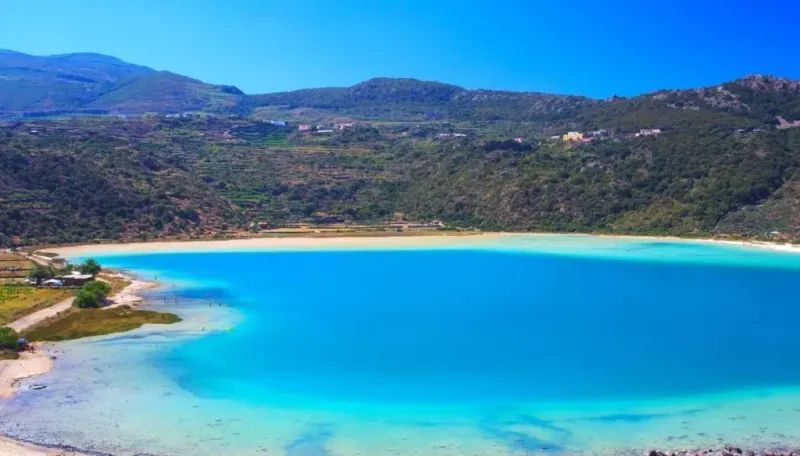
Closer to Africa than Italy, Pantelleria stands as Sicily’s rebellious cousin with its unique volcanic landscape. Black lava rock formations create dramatic coastlines where no traditional beaches exist – instead, you’ll find natural hot springs bubbling up through cracks in the earth.
The island’s most famous feature, the Specchio di Venere (Venus’ Mirror), is a heart-shaped lake where mineral-rich mud provides natural spa treatments. Arab influences remain strong in the architecture – look for distinctive dammusi houses with domed roofs designed to collect rainwater.
Did you know? Despite harsh growing conditions, Pantelleria produces world-renowned passito dessert wine from Zibibbo grapes, cultivated using UNESCO-recognized agricultural practices.
5. Levanzo’s Prehistoric Cave Paintings
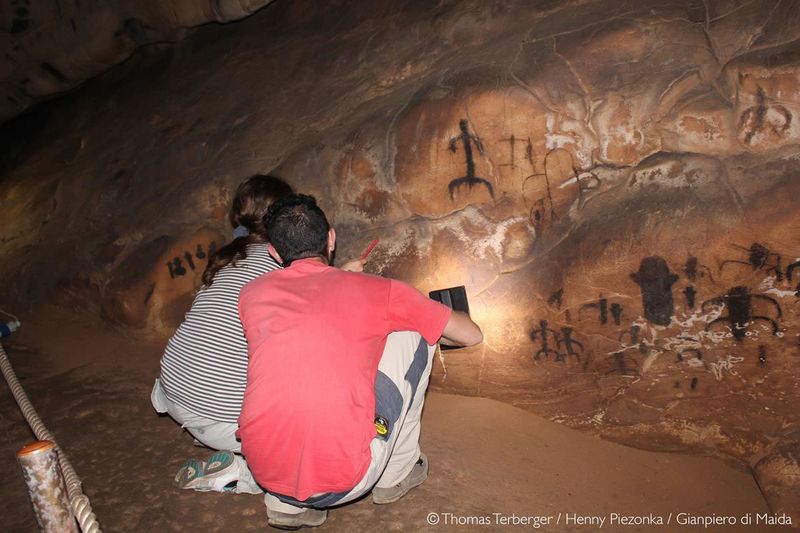
Tiny Levanzo packs remarkable history into just 5.6 square kilometers. The island’s crown jewel, Grotta del Genovese, contains cave paintings dating back 10,000 years, depicting humans hunting alongside extinct animals.
White limestone houses cluster around the only harbor, creating a postcard-perfect fishing village scene. The absence of streetlights means stargazing opportunities are exceptional – on clear nights, the Milky Way stretches dramatically across the sky.
Swimming in Levanzo’s Cala Minnola reveals underwater archaeological treasures from ancient shipwrecks. Roman anchors and amphorae (ceramic vessels) lie scattered on the seabed, visible to snorkelers in the remarkably clear waters that surround this smallest of the Egadi Islands.
6. Marettimo’s Mountain Wilderness
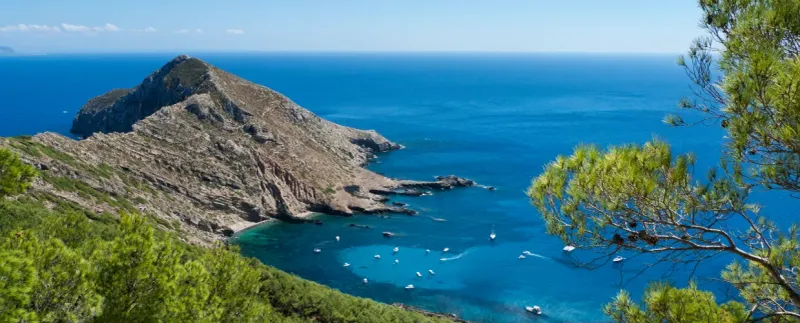
Wild and mountainous Marettimo stands as the most remote of Sicily’s Egadi Islands. Limestone cliffs plunge dramatically into deep blue waters, creating a paradise for hikers and nature lovers seeking solitude.
The island’s single village provides basic amenities, but the real attraction lies in exploring over 30 kilometers of ancient mule tracks that crisscross the mountains. Byzantine ruins and a Norman castle crown the highest points, offering sweeping Mediterranean panoramas.
Marine life thrives in protected waters surrounding Marettimo, with dolphins regularly spotted playing in boat wakes. The island’s isolation has preserved traditional fishing practices, and lucky visitors might be invited to join locals for freshly caught fish grilled simply with olive oil and lemon.
7. Ustica’s Underwater Marine Reserve
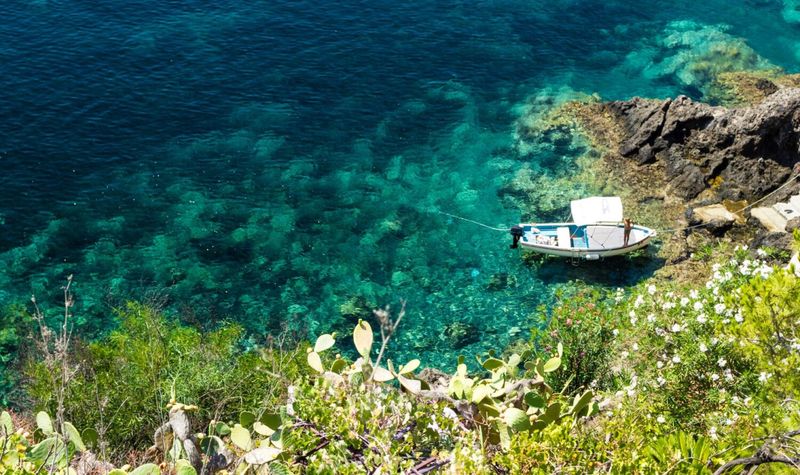
Known as the “Black Pearl” for its volcanic origins, Ustica floats alone in the Tyrrhenian Sea north of Palermo. Italy’s first designated marine reserve surrounds the island, protecting extraordinary underwater biodiversity that draws divers from around the world.
Snorkelers marvel at the Piscina Naturale, a protected natural pool teeming with colorful fish. The island’s black volcanic rock contrasts dramatically with whitewashed buildings in the main village, creating a striking visual landscape.
Archaeological evidence suggests Ustica has been inhabited since 1500 BCE. The island’s dark side emerges in its history as a political prison during Fascist rule – abandoned prison buildings still stand as haunting reminders of this troubled past.
8. Favignana’s Ancient Tuna Traps
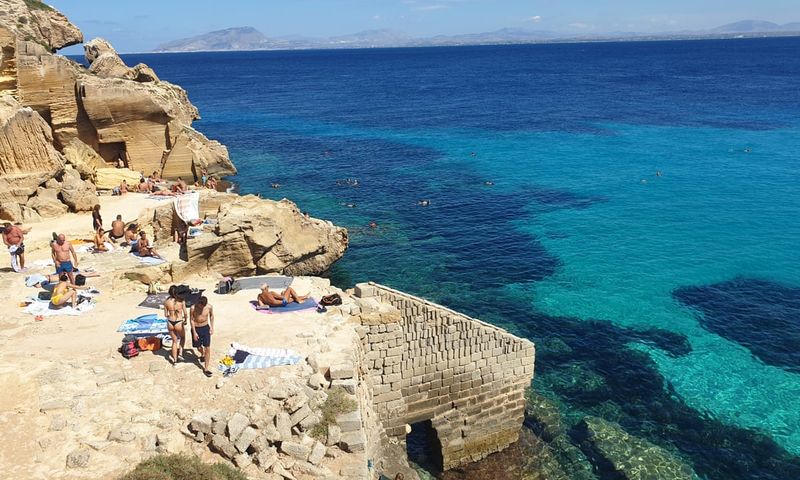
Shaped like a butterfly when viewed from above, Favignana combines natural beauty with fascinating industrial heritage. The island’s historic tonnara (tuna processing factory) now serves as a museum documenting the traditional mattanza tuna harvest that sustained islanders for centuries.
Cyclists love Favignana’s flat terrain, perfect for exploring hidden coves and beaches. The most famous, Cala Rossa, features striking red rocks contrasting with turquoise waters so clear that boats appear to float on air.
Tufo stone quarries honeycomb the island, creating surreal landscapes of geometric cuts and caves. Many abandoned quarries have been transformed into sunken gardens where residents grow fruits and vegetables protected from wind, creating microclimates that support surprising biodiversity.
9. Linosa’s Red Sand Beaches
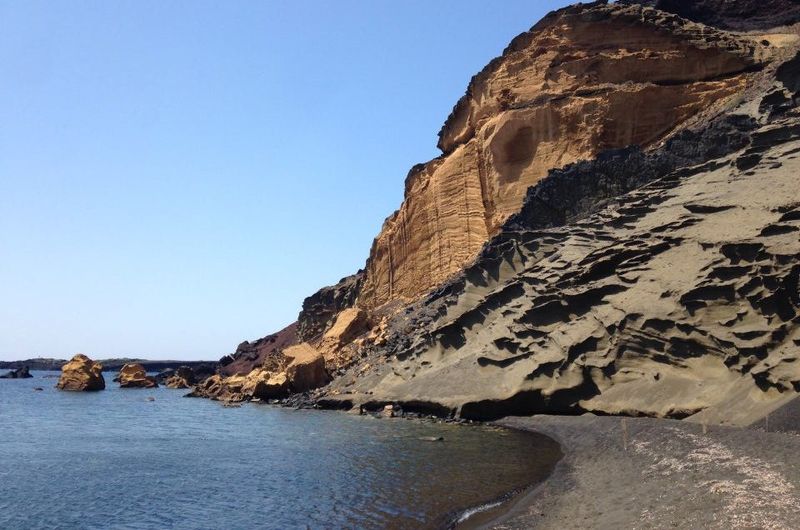
Tiny Linosa erupts from deep waters with volcanic drama, its black lava rock coastline interrupted by stunning red and black sand beaches. The island’s interior contains an extinct crater where residents cultivate capers, lentils and prickly pears in volcanic soil.
Houses painted in vibrant Mediterranean colors cluster in the single village, creating a cheerful contrast to the stark landscape. With fewer than 400 year-round residents, visitors quickly become familiar faces welcomed into local conversations.
Loggerhead turtles return to Linosa’s beaches each summer to lay eggs, and conservation programs allow visitors to participate in protecting these endangered creatures. At night, with minimal light pollution, the stargazing is extraordinary – the Milky Way appears so bright it casts shadows.
10. Stromboli’s Continuously Active Volcano
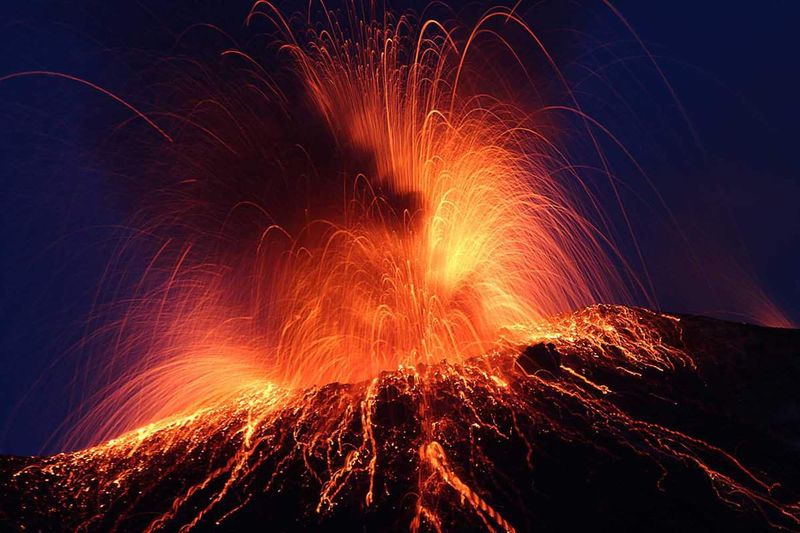
Nowhere else in Europe can you witness nature’s fireworks display with such reliability. Stromboli’s volcano has erupted continuously for over 2,000 years, sending fountains of glowing lava into the night sky approximately every 20 minutes.
The island’s two villages, Stromboli and Ginostra, have adapted to life beneath the smoking peak. Houses feature reinforced roofs and special gutters designed to channel ash away during eruptions. The black sand beaches absorb sunlight, becoming wonderfully warm underfoot.
Hiking to the summit crater requires a guide and proper equipment, but rewards adventurers with one of Earth’s most primal experiences. For a gentler experience, evening boat tours position visitors offshore to witness the “Sciara del Fuoco” (Stream of Fire) flowing into the sea.
11. Vulcano’s Bubbling Mud Baths
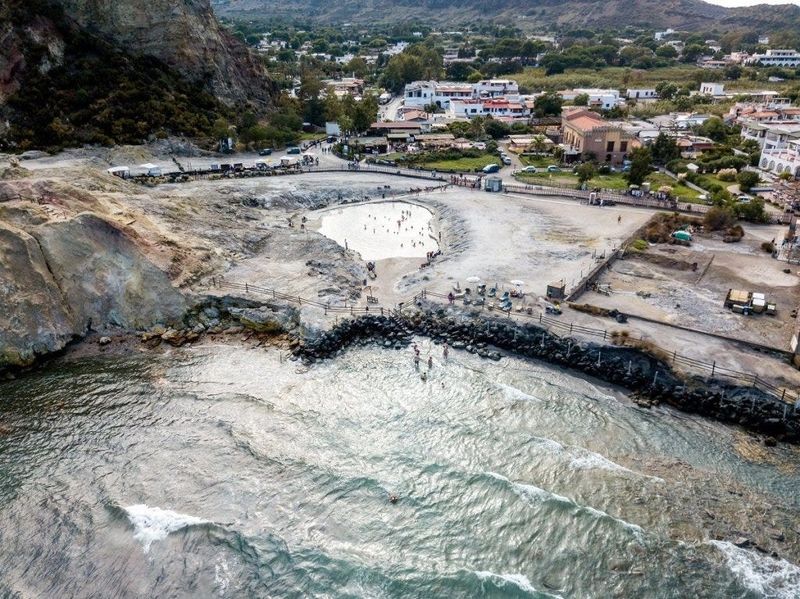
The distinctive rotten-egg smell that greets visitors to Vulcano comes from sulfurous gases escaping from the earth – a small price to pay for the island’s natural healing properties. The famous mud baths near the harbor have drawn wellness-seekers since Roman times.
Hiking the Gran Cratere rewards with panoramic views across the entire Aeolian archipelago. The volcano last erupted in the 1880s but remains active, with steaming fumaroles and hot springs throughout the island.
After a mud treatment, rinse off in the natural hot springs that bubble up through the seabed just offshore. The contrasting temperatures of hot volcanic water mixing with cool Mediterranean create a natural hydromassage experience that leaves skin glowing and muscles relaxed.
12. Panarea’s Prehistoric Village
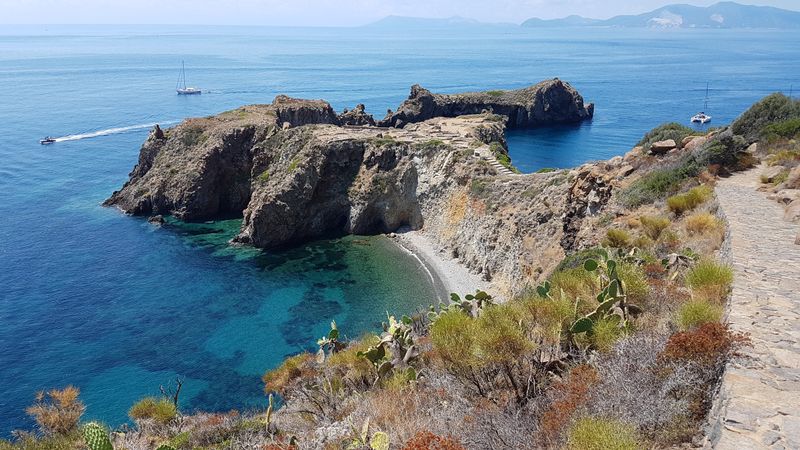
Glamorous Panarea attracts celebrities to its shores each summer, but beneath the luxury yachts lies fascinating Bronze Age history. The prehistoric village at Punta Milazzese dates back 3,500 years, with stone hut foundations still visible on a dramatic promontory.
Cars are banned on Panarea, creating a peaceful atmosphere where electric golf carts and walking paths connect whitewashed villages. The island’s western side features natural rock formations called “Calcara” where volcanic gases still escape, evidence of the geothermal activity beneath.
For the best sunset view in the Mediterranean, hike to Punta del Corvo. As darkness falls, look toward the horizon where Stromboli’s eruptions create nature’s lightshow against the night sky – a spectacle that has captivated humans since ancient times.
13. Lipari’s Obsidian Beaches
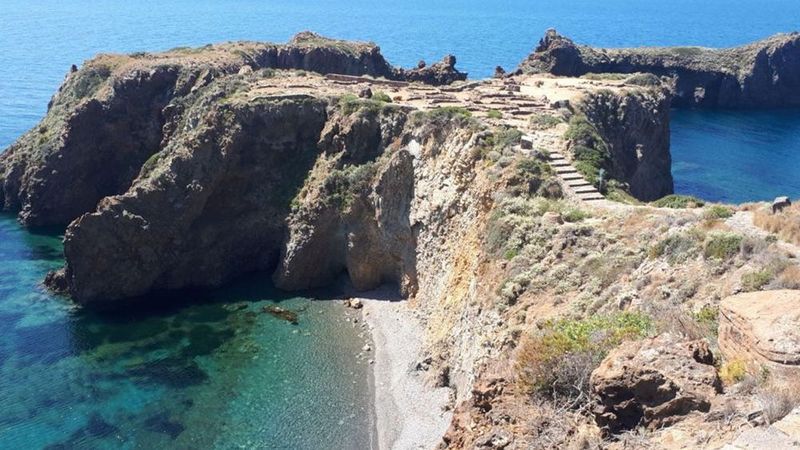
As the largest Aeolian Island, Lipari serves as the archipelago’s hub while maintaining its distinct character. The island’s geological history created unique beaches where black obsidian pebbles – naturally occurring volcanic glass – sparkle in the sunlight.
History buffs treasure Lipari’s archaeological museum, housing one of the Mediterranean’s finest collections of ancient artifacts recovered from shipwrecks. The island’s imposing castle complex, built on a natural acropolis, has protected residents from pirates and invaders since Greek times.
White pumice quarries on Lipari’s northern shores created surreal landscapes until mining ceased in 2007. These chalky cliffs dramatically contrast with turquoise waters, creating Instagram-worthy swimming spots where the water’s buoyancy makes floating effortless.
14. Ortigia’s Ancient Greek Heart
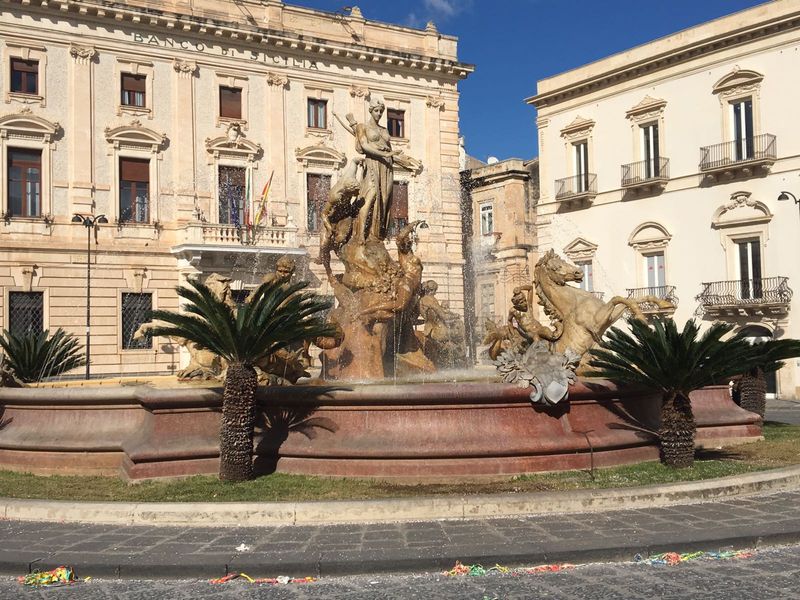
Technically a small island connected to Syracuse by bridges, Ortigia represents Sicily’s most beautiful historic center. Ancient Greek columns still stand within the Cathedral, which began life as a temple to Athena in the 5th century BCE.
Wandering Ortigia’s labyrinthine alleys reveals architectural treasures spanning 2,500 years of continuous habitation. The Arethusa Spring, where freshwater bubbles up beside the sea, inspired myths of nymphs and still grows natural papyrus plants – the only place in Europe where they thrive.
Morning fish markets burst with Mediterranean bounty, while evenings bring passeggiata (traditional evening strolls) along the seafront. The island’s compact size means you can walk from ancient Greek ruins to Byzantine churches to Baroque piazzas within minutes.
15. Mozia’s Phoenician Mystery
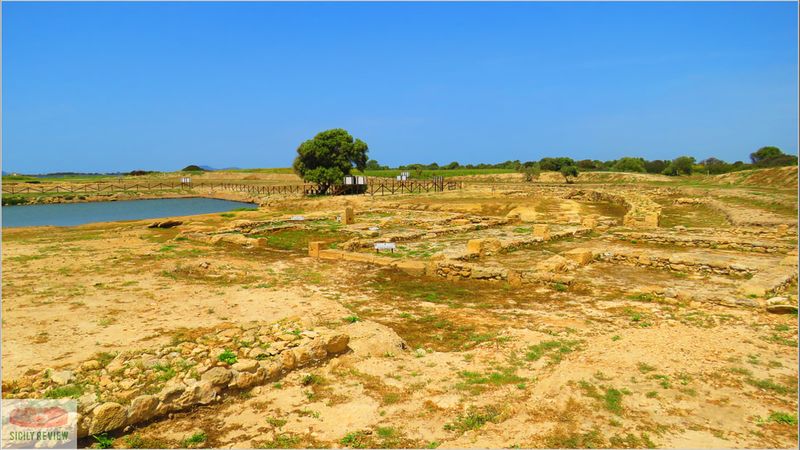
Hidden in a saltwater lagoon near Marsala, tiny Mozia (also called Motya) preserves an entire Phoenician city abandoned in 397 BCE. The island’s archaeological treasures include the stunning “Youth of Motya” statue, displaying Greek artistic influence on Phoenician culture.
Salt pans surrounding Mozia create a surreal landscape of geometric pools where sea salt has been harvested using ancient methods for over 2,700 years. Windmills dot the horizon, once used to pump seawater and grind salt.
The causeway connecting Mozia to Sicily disappears at high tide, adding to the island’s mysterious atmosphere. Phoenician defense walls still encircle much of the shoreline, while underwater archaeologists continue discovering artifacts in the shallow lagoon – evidence of the island’s importance as a trading center.
